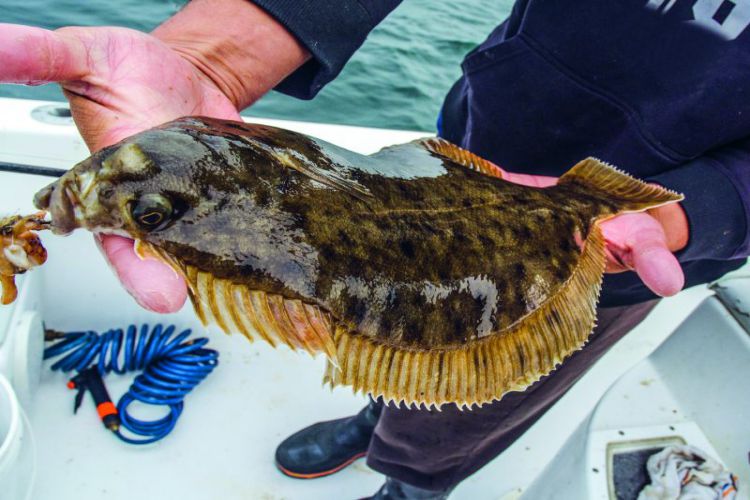 If you love seafood and enjoy fishing, you have probably caught a fluke or flounder before. Both of these species are popular among anglers and have a similar appearance, sometimes making it difficult to tell them apart.
If you love seafood and enjoy fishing, you have probably caught a fluke or flounder before. Both of these species are popular among anglers and have a similar appearance, sometimes making it difficult to tell them apart.
This article will discuss fluke vs flounder species that will help you identify them easily.
What are Fluke and Flounder?
Fluke and flounder are both flatfish, which means they have flattened bodies and swim horizontally. They both have two eyes on one side of their head and are known for their delicious taste.
Identifying Summer Flounder
Summer Flounder, also known as Fluke, is one of North America’s most commonly caught flatfish. They have a distinct color pattern: a brownish-green top and a white underbelly. They have three distinct eye-like spots on their body, which helps identify them. Summer flounders can grow up to 30 inches in length and weigh up to 20 pounds.
Identifying Winter Flounder
Winter Flounder, also known as Blackback Flounder, is another common flatfish species on the Atlantic coast. They have a distinct diamond-shaped body, a brownish-green top, and a white underbelly. They also have a distinctive black spot behind their gills. Winter flounders can grow up to 2 feet in length and weigh up to 5 pounds.
Identifying Halibut
Halibut is a larger flatfish species in the North Atlantic and North Pacific oceans. They have a distinct diamond-shaped body, with a greenish-brown top and a white underbelly. They have a curved lateral line along their body, distinguishing them from other flatfish species. Halibut can grow up to 8 feet in length and weigh up to 500 pounds.
Identifying Yellowtail Flounder
Yellowtail Flounder is a flatfish species found along the Atlantic coast of North America. They have a distinct diamond-shaped body, a brownish-green top, and a white underbelly. They have a small mouth and two large eyes on the left side of their body. Yellowtail flounder can grow up to 2 feet in length and weigh up to 5 pounds.
Tips for Identifying Fluke and Flounder
Now that you know the different fluke and flounder species, here are some tips that can help you identify them:
Look at the color pattern: Most flatfish species have a distinct color pattern that can help you identify them.
Check the body shape: The body shape of different flatfish species can vary, which can be helpful in distinguishing them.
Observe the eyes: The position of the eyes on the flatfish’s body can be a useful identification feature.
Look for distinctive marks: Many flatfish species have distinctive marks, like spots or lines, that can help identify them.
Final Words
Identifying fluke vs. flounder species can be challenging, but with some knowledge and practice, you can easily distinguish between them. Remember to pay attention to the color pattern, body shape, eyes, and distinctive marks of the tips for identifying fluke and flounder.
Using these tips can improve your ability to identify different fluke and flounder species. Always follow local fishing regulations and guidelines and practice sustainable fishing practices to protect these species for future generations. Happy fishing!




